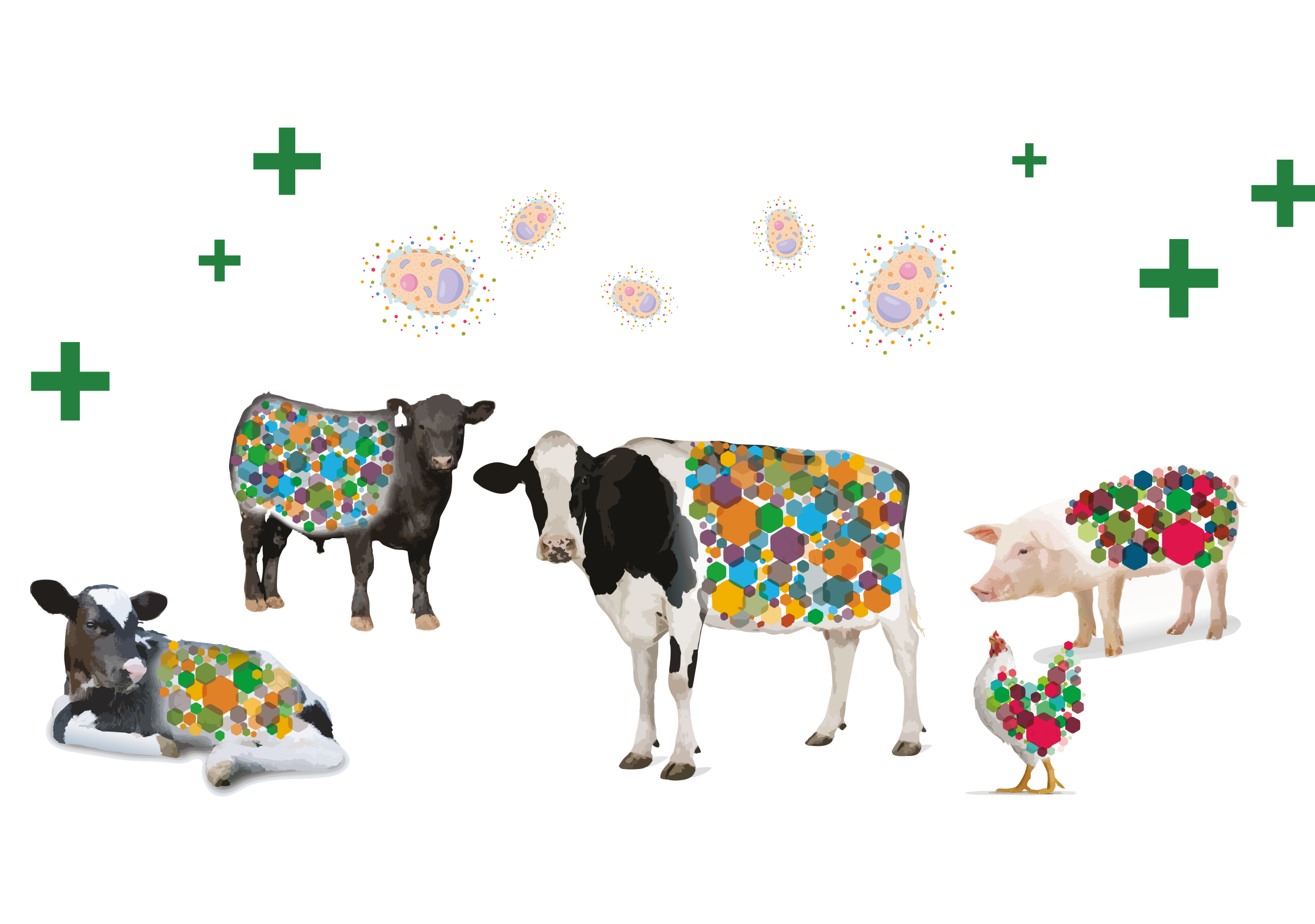Air pollutants, such as nitrogen dioxide and ground-level ozone, are a significant threat to public health, contributing to respiratory symptoms and cardiovascular disease. Such pollutants are often caused by traffic emissions, and tend to accumulate in urban areas. Assessing when and where such pollutants tend to be present at dangerous levels is important for protecting public health, but concentrations may vary dramatically and can be influenced by wind patterns, temperature, traffic levels and urban architecture. Read More
Most air quality measurements in urban areas are taken at a small number of fixed regulatory monitoring sites that employ expensive and sophisticated monitoring equipment. However, this approach is not flexible enough to accurately monitor highly variable pollution levels that can change dramatically over time and from place to place.
To address this, Professor Dawn Roberts-Semple of the City University of New York and her students conducted a study to measure levels of air pollutants at six ‘high traffic’ and three ‘low traffic’ sites in an area called Jamaica Center in Queens, New York.
This area is a transportation hub and contains a major commuter rail and bus station. The researchers monitored air pollution over two-week intervals in summer, winter, and fall of 2019.
To conduct their air quality monitoring, the researchers used low-cost diffusion tubes. These small devices are completely passive, meaning that they do not require pumps or moving parts. They consist of a simple tube, within which pollutants can diffuse on a mesh coated with a chemical called triethanolamine to trap the air pollutants in place.
Later, the researchers collected the tubes and sent the samples to the lab for further analysis, to determine air pollutant levels at the test sites. Because of their low cost and small size, the tubes can be unobtrusively placed in numerous locations for spatially variable and dynamic air pollution sampling.
The researchers found that nitrogen dioxide levels were significantly higher at high traffic sites in Jamaica Center compared with low traffic sites. Moreover, nitrogen dioxide levels were also higher in the fall compared with the winter. Interestingly, ozone levels did not differ significantly between fall and winter or between high and low traffic sites, but there was some fluctuation.
Fortunately, air pollution levels did not exceed those that are likely to cause acute health issues for individuals such as commuters and pedestrians, but long-term exposure could still have negative effects.
Overall, the results highlight the inherent variability of pollution levels in urban areas and the need for multiple testing sites within a given urban area. Therefore, low-cost sampling devices such as the diffusion tubes used in the current study are well suited for this application.







